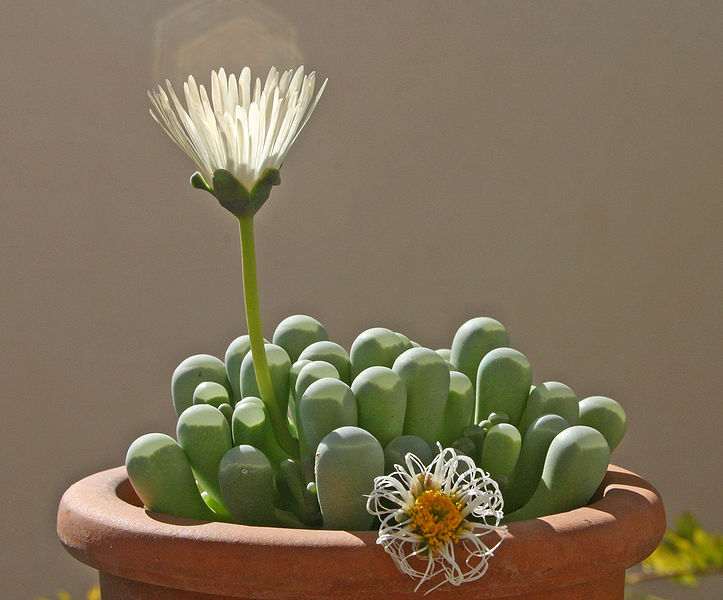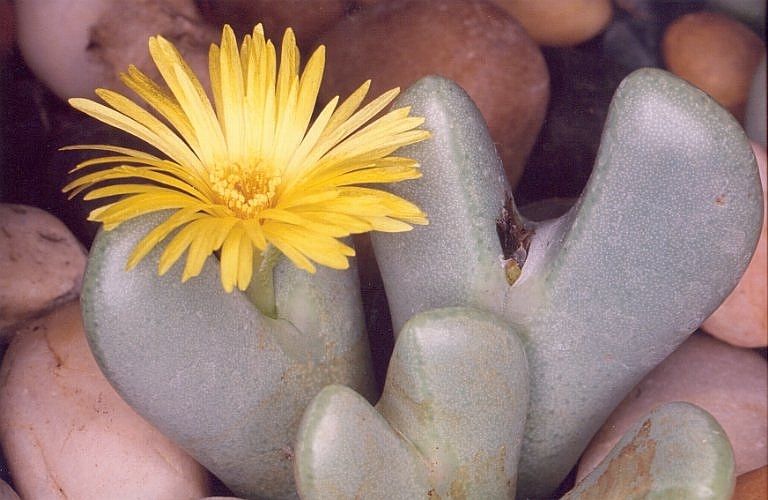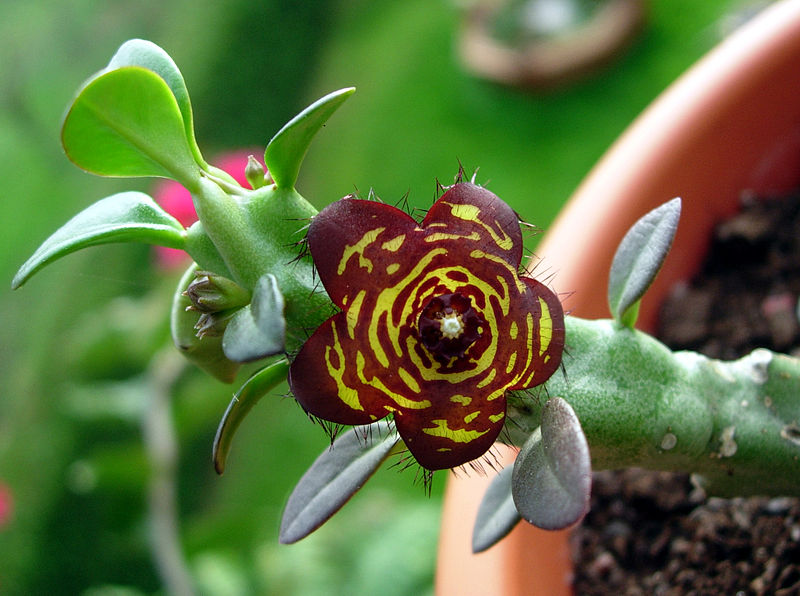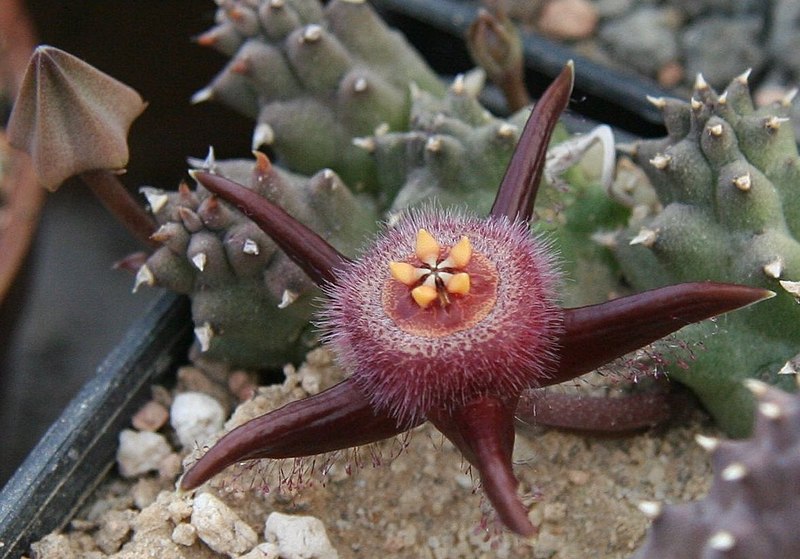
 Autumn crocus
Autumn crocusOne of the most endangered plants in the world, Autumn crocus is also probably the most poisonous. It contains colchicine, a deadly drug used effectively in the treatment for gout. Unlike other toxins found in the flowers above, colchicine, an arsenic-like poison has NO antidote.
Autumn crocus poisoning leads to reduced blood pressure and cardiac arrest.

 Oleander
OleanderOleander is known as one of the most poisonous plants on Earth, often used in suicidal cases around southern India. The numerous toxic compounds contained in the entire Oleander plant, including oleandrin and neriine, affect the nervous, digestive and cardiovascular systems, all at the same time.
Oleander poisoning leads to drowsiness, tremors, seizures, coma and even death. The plants sap causes skin irritation and severe eye inflammation.

 Rhododendron
RhododendronThis popular evergreen shrub, featuring large, beautiful blooms, has been known for its toxicity since ancient times. Xenophon recorded the odd behavior of a group of Greek soldiers who had eaten honey from rhododendron flowers.
Rhododendron contains andromedatoxin which causes nausea, severe pains, paralysis and even death. Azaleas, members of the same plant-family as rhododendron, are also poisonous.

 Angels Trumpet
Angels TrumpetDespite its name, there's something very evil about this plant. The toxins it contains can be fatal to humans and a number of animals. Known as a powerful hallucinogen, Angels Trumpet should not be used for recreational purposes, since the risk of an overdose is very high.
Angels Trumpet plants contain a variable amount of tropane alkaloids, like atropine and scopolamine,and it is used in shamanic rituals by indigenous tribes in western Amazonia.

 Belladonna
BelladonnaKnown as one of the most poisonous plants in the Western Hemisphere, Belladonna contains potentially lethal tropane alkaloids. The entire plant is harmful, but its good-looking berries pose the most danger, especially to kids.
The symptoms of Belladona, or Deadly Nightshade poisoning are dilated pupils, blurred vision, headaches, hallucinations, delirium and convulsions. Atropine, the toxin in Belladona, can kill a person by disrupting the nervous systems ability to regulate breathing, sweating and heart rate.

 Lily of the Valley
Lily of the ValleyJust like the Daphne, Lily of the Valley may look beautiful and harmless, but it is entirely poisonous. Eating one or two of the plants bell-shaped flowers wont hurt you very much, especially if you're an adult.
Eaten in large quantities, Lily of the Valley causes pain in the mouth, nausea, vomiting, cramps and diarrhea. People with heart conditions should be most careful since the toxins cause the heartbeats to slow down or become irregular.
 Daphne
DaphneAlso known as Lady Laurel or Paradise Plant, Daphne is a 1-1.5 meters tall shrub, usually grown for its scented flowers. All parts of the plant are poisonous, but the greatest concentrations are in the sap and berries.
Daphne contains mezerine and daphnin, two powerful toxins that cause stomach aches, headaches, diarrhea, delirium and convulsions. If Daphne berries are consumed, the victim might fall into a coma and even die.
























 Autumn crocus
Autumn crocus
 Oleander
Oleander
 Rhododendron
Rhododendron
 Angels Trumpet
Angels Trumpet
 Belladonna
Belladonna
 Lily of the Valley
Lily of the Valley Daphne
Daphne